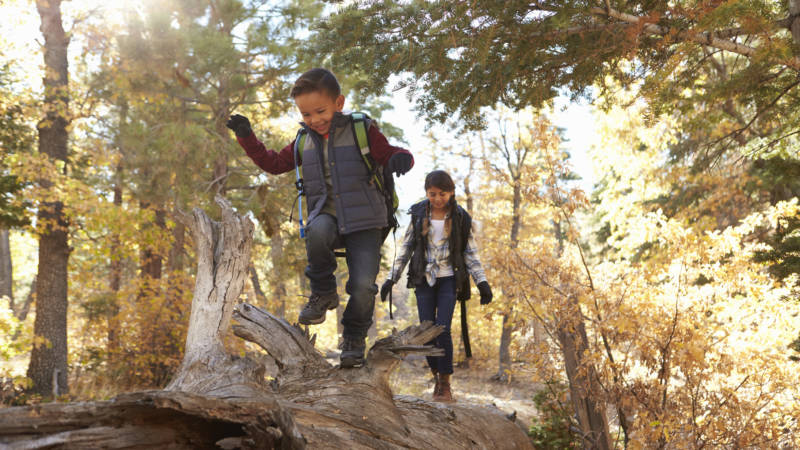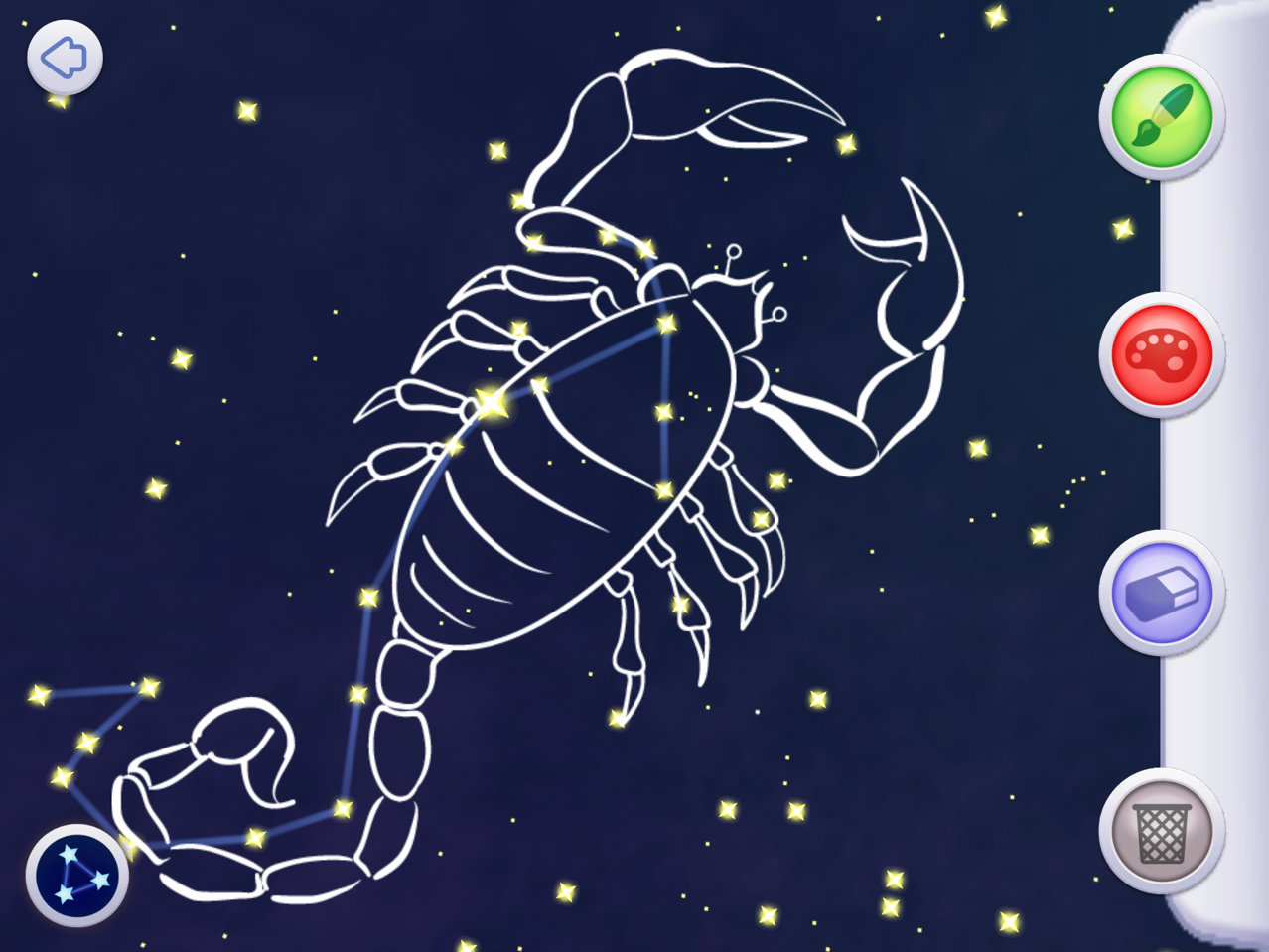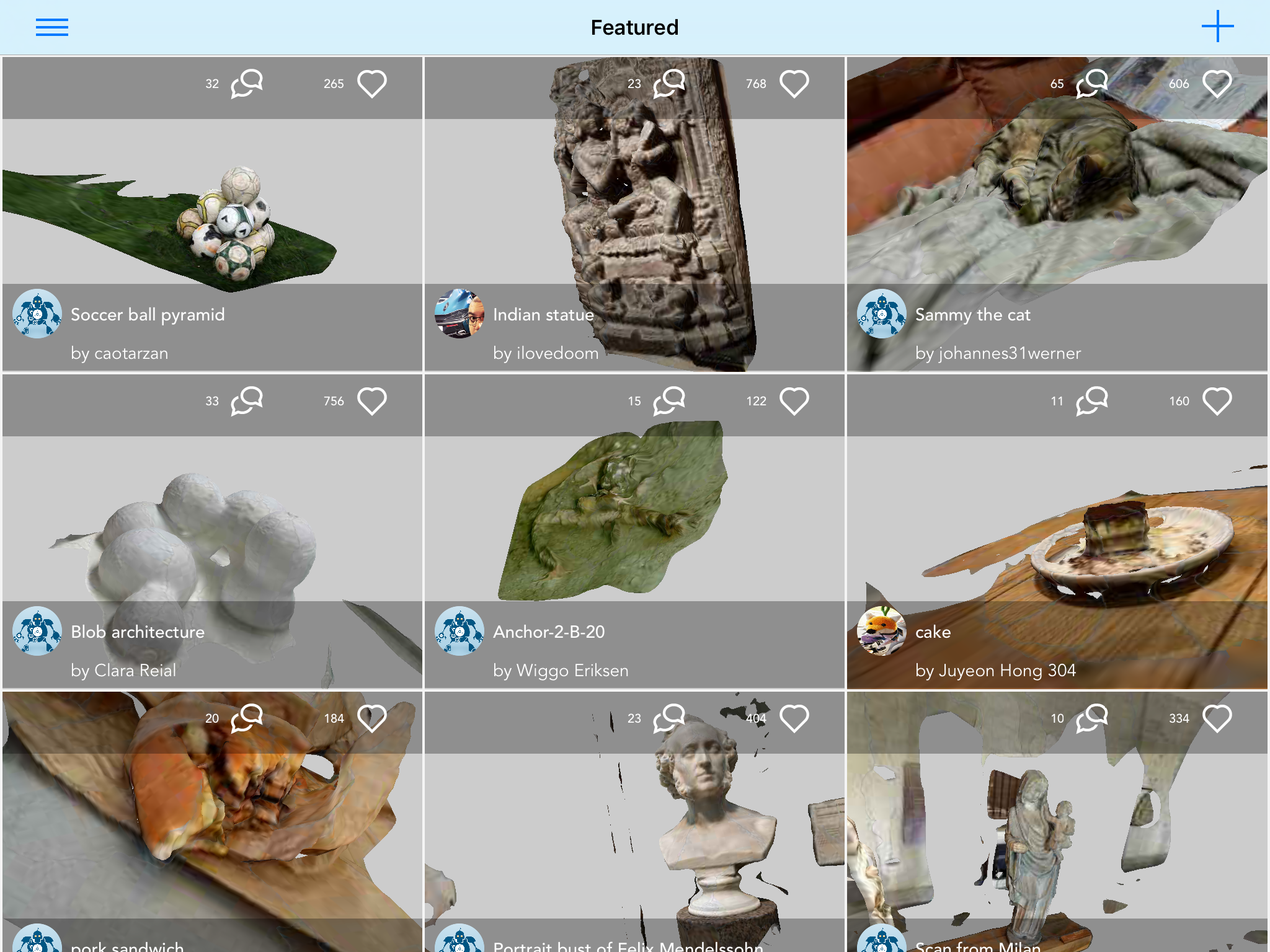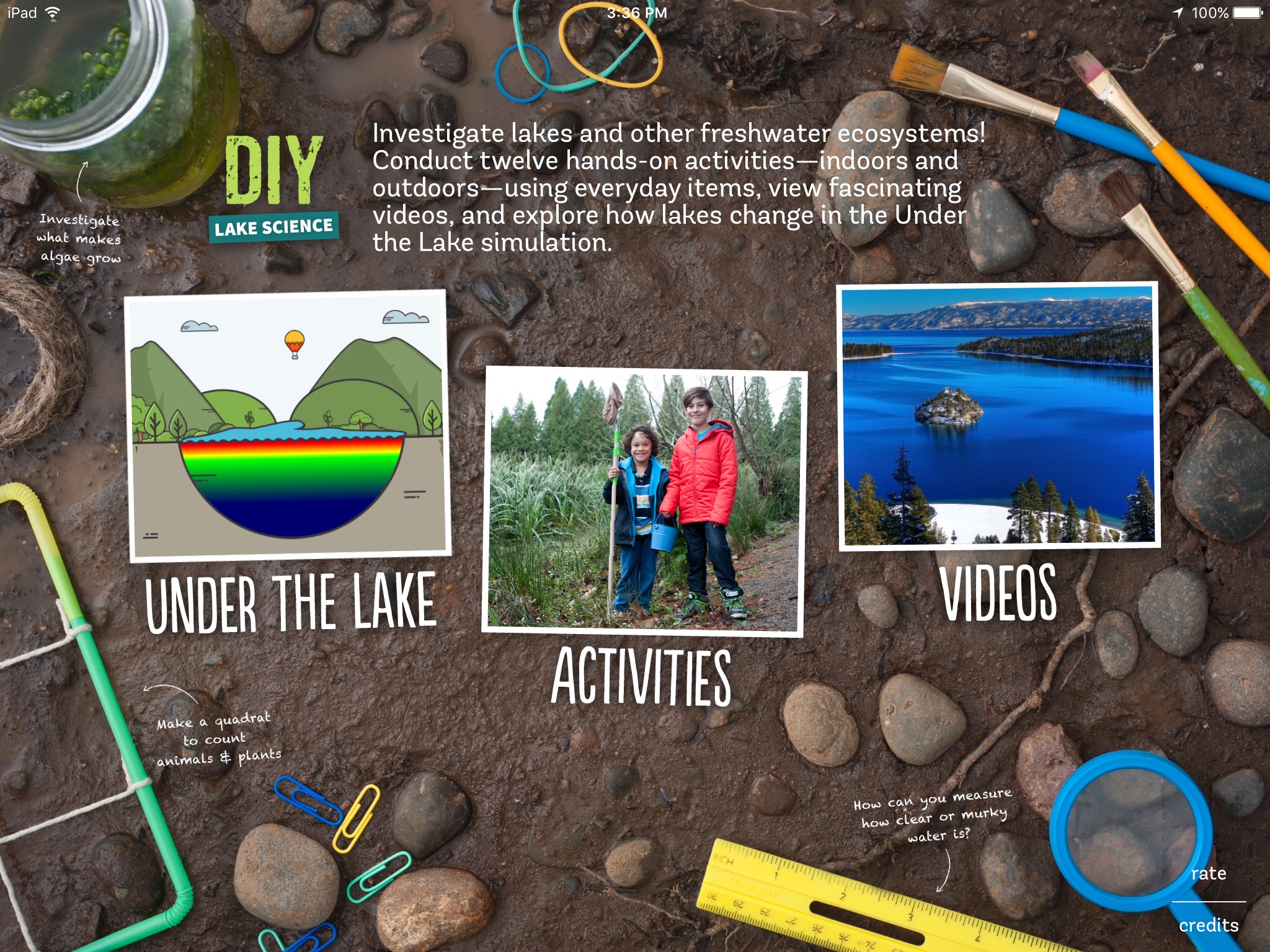Getting out of the classroom can benefit everyone -- both teachers and students. Fresh air and fresh perspectives combine to allow for new types of creativity, for play, and for a chance to connect learning to life. The best of these apps help harness what kids are learning outside so they can bring it back into the classroom for further study.
Of course, the Pokémon Go craze hasn’t just been dominating the imaginations of monster hunters everywhere, but also sparking debate among educators around the game’s potential for learning. Sure, Pokémon Go has an inherent ability to get kids outside, observing the world in ways they hadn’t before. But, if you’re looking to help students take their hunt for learning beyond the walls of your classroom, there are plenty of other options to consider.
The four STEM apps below all get kids moving in different ways, whether by looking up at the sky, analyzing how their own bodies move, discovering unique objects to photograph, or getting muddy at their local watershed. Sure, they may not be capturing that next rare Pokémon, but these apps will still help students appreciate the diversity of the world they inhabit.






